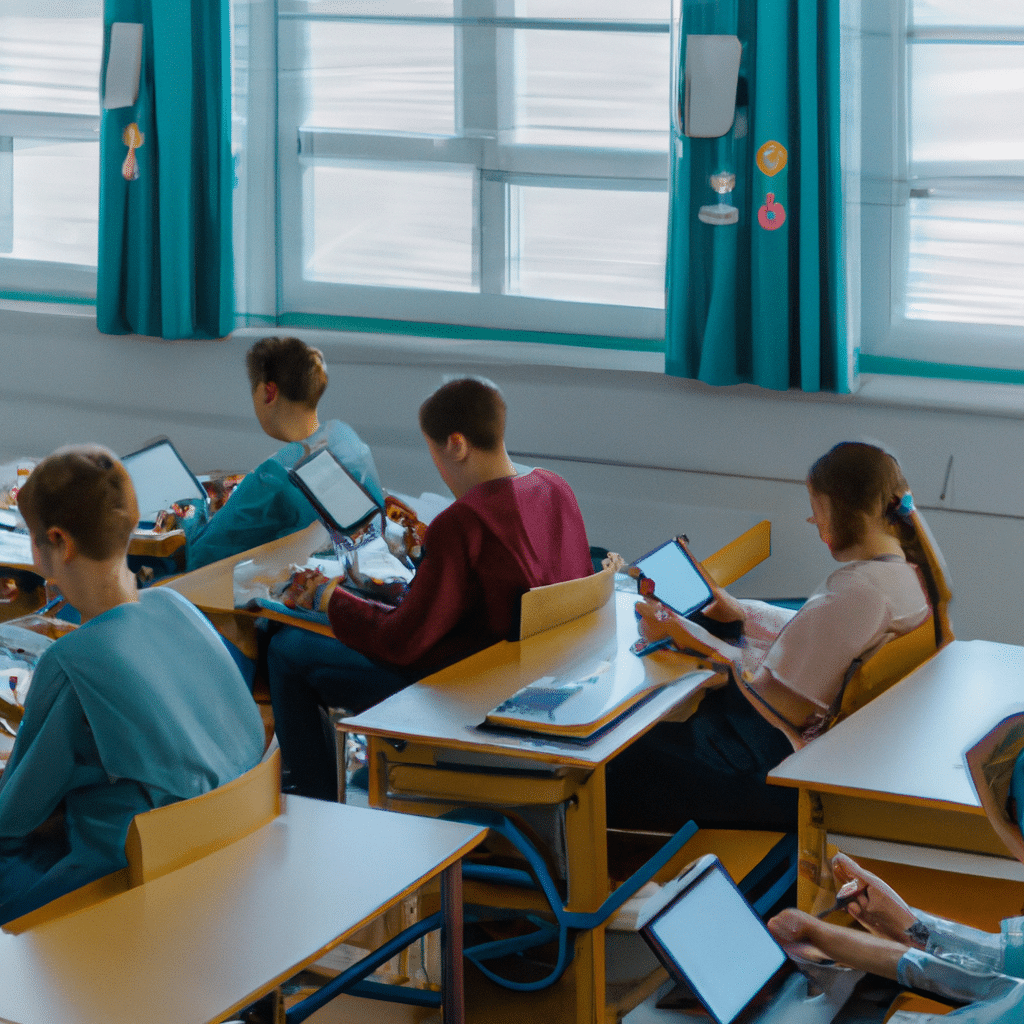IoT and the Future of Education: Personalized Learning Experiences
The world of education is constantly evolving, and with the advent of the Internet of Things (IoT), there has been a significant shift towards personalized learning experiences. IoT has the potential to revolutionize education by enabling the creation of customized learning pathways that cater to the needs and preferences of individual learners. In this article, we explore the impact of IoT on education and how it is shaping the future of personalized learning.

What is IoT?
IoT refers to the interconnection of various devices and machines through the internet. These devices can be anything from smartphones and tablets to smartwatches, smart home appliances, and even vehicles. The central idea behind IoT is to create an ecosystem of interconnected devices that can communicate with each other and perform various tasks autonomously.
IoT in Education
IoT has already made significant inroads into the education sector, and its impact is only going to grow in the coming years. One of the most significant benefits of IoT in education is that it enables personalized learning experiences. With IoT, teachers can create customized learning pathways for individual students based on their learning styles, interests, and preferences.
IoT devices can also be used to collect real-time data on student performance, which can be analyzed to identify areas where students are struggling. This data can then be used to create targeted interventions that help students overcome their learning challenges.
Benefits of Personalized Learning
Personalized learning has several benefits over traditional classroom-based learning. Here are some of the key advantages of personalized learning:
1. Improved Student Engagement
When students are learning in a way that is tailored to their needs and interests, they are more likely to be engaged and motivated. This can lead to better academic performance and improved outcomes.
2. Increased Retention
Personalized learning allows students to learn at their own pace and in their own way. This can help them retain information better and for longer periods.
3. Enhanced Student-Teacher Relationships
When teachers are able to create customized learning pathways for their students, they can build stronger relationships with them. This can lead to better communication, trust, and collaboration.
4. Improved Efficiency
Personalized learning can be more efficient than traditional classroom-based learning. When students are learning in a way that is tailored to their needs, they are more likely to understand the material and require less time to master it.
Challenges of IoT in Education
While IoT has the potential to transform education, there are also several challenges that need to be addressed. Here are some of the key challenges of IoT in education:
1. Privacy and Security
IoT devices can collect a lot of sensitive data on students, including their learning preferences, performance data, and personal information. This data needs to be protected from unauthorized access and misuse.
2. Cost
IoT devices can be expensive, and deploying them on a large scale can be a significant financial burden for schools and institutions.
3. Infrastructure
IoT devices require a robust and reliable network infrastructure to function properly. This can be a challenge for schools in rural or remote areas with limited access to high-speed internet.
4. Technical Expertise
IoT devices require a certain level of technical expertise to set up and maintain. Teachers and administrators may need additional training to fully leverage the potential of IoT in education.
Future of IoT in Education
Despite the challenges, the future of IoT in education looks promising. As IoT technology continues to evolve and become more affordable, we can expect to see more schools and institutions adopting it to create personalized learning experiences for their students.
In the future, we may see the emergence of new IoT devices and applications that are specifically designed for education. For example, virtual and augmented reality technologies could be used to create immersive learning experiences that simulate real-world scenarios.
Conclusion
IoT has the potential to revolutionize education by enabling personalized learning experiences that cater to the needs and preferences of individual learners. With IoT, teachers can create customized learning pathways for their students based on real-time data and feedback. While there are challenges to overcome, the future of IoT in education looks promising, and we can expect to see more schools and institutions adopting it in the coming years.












